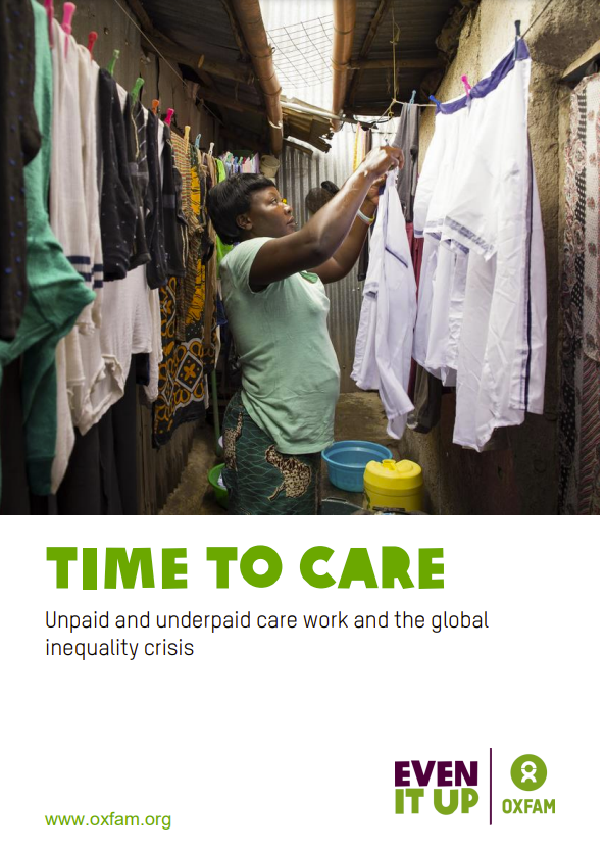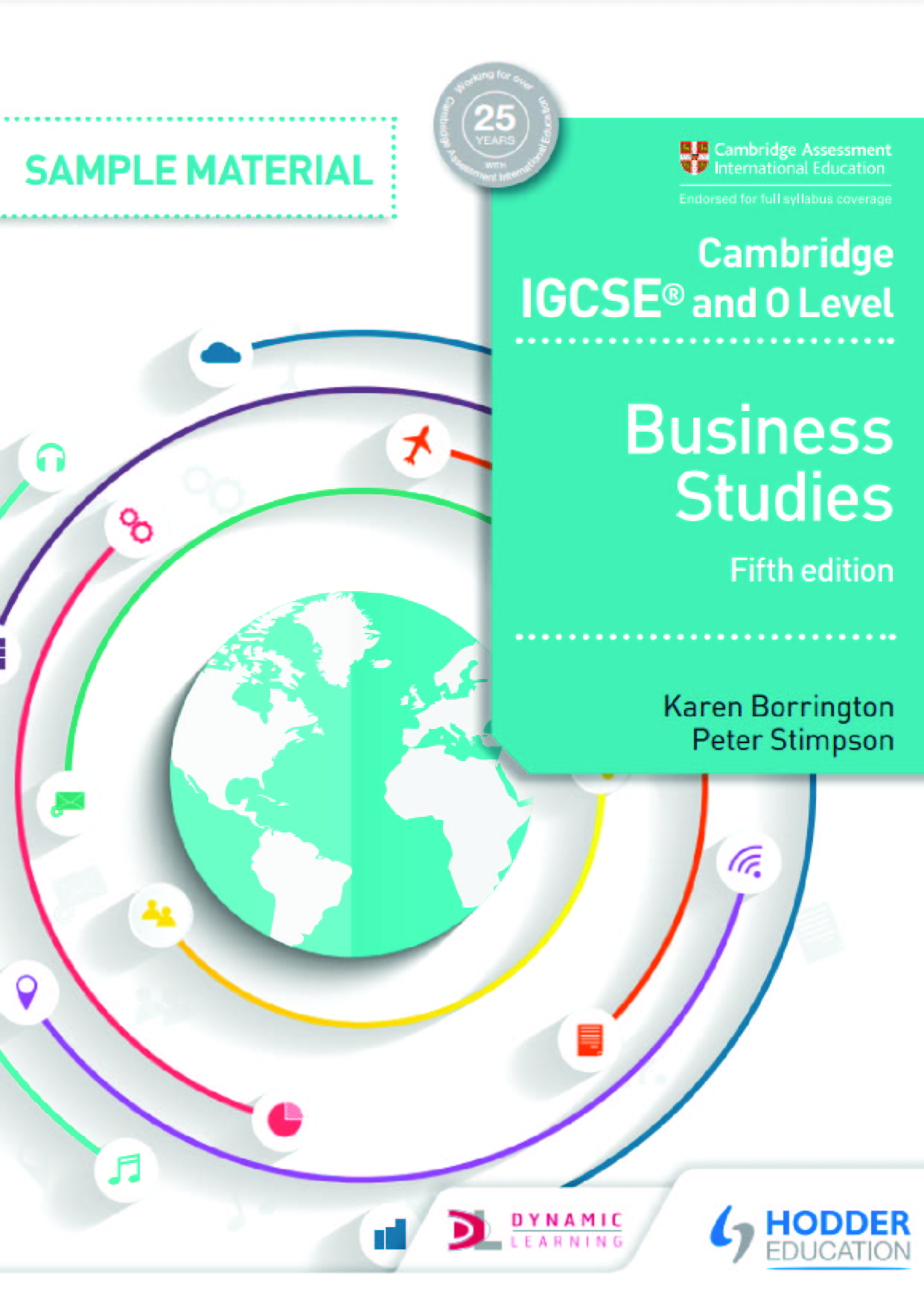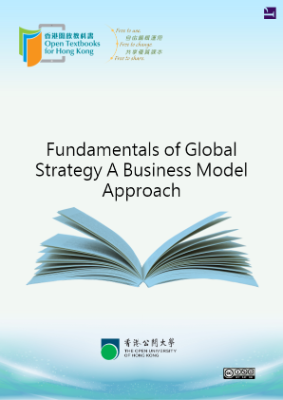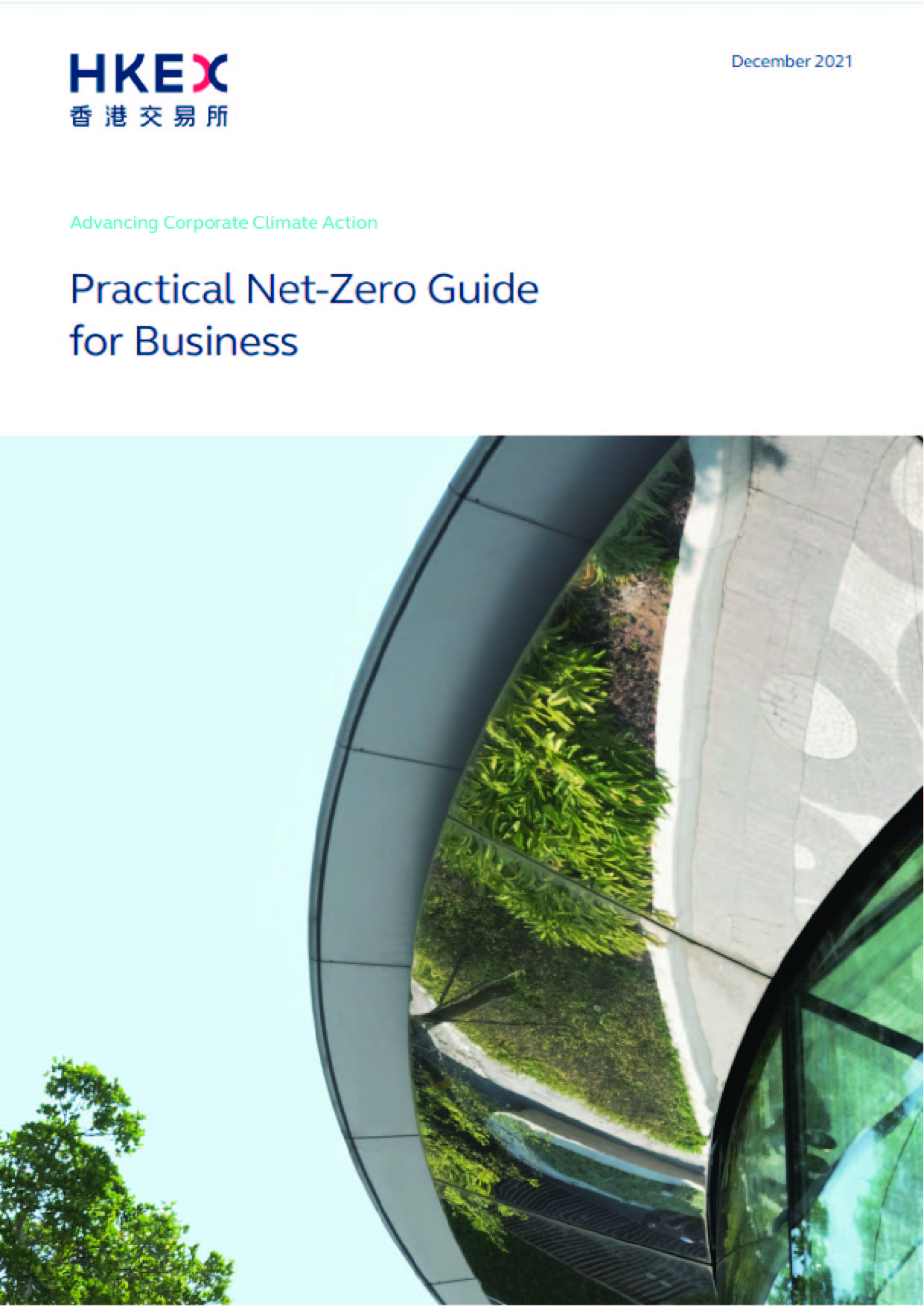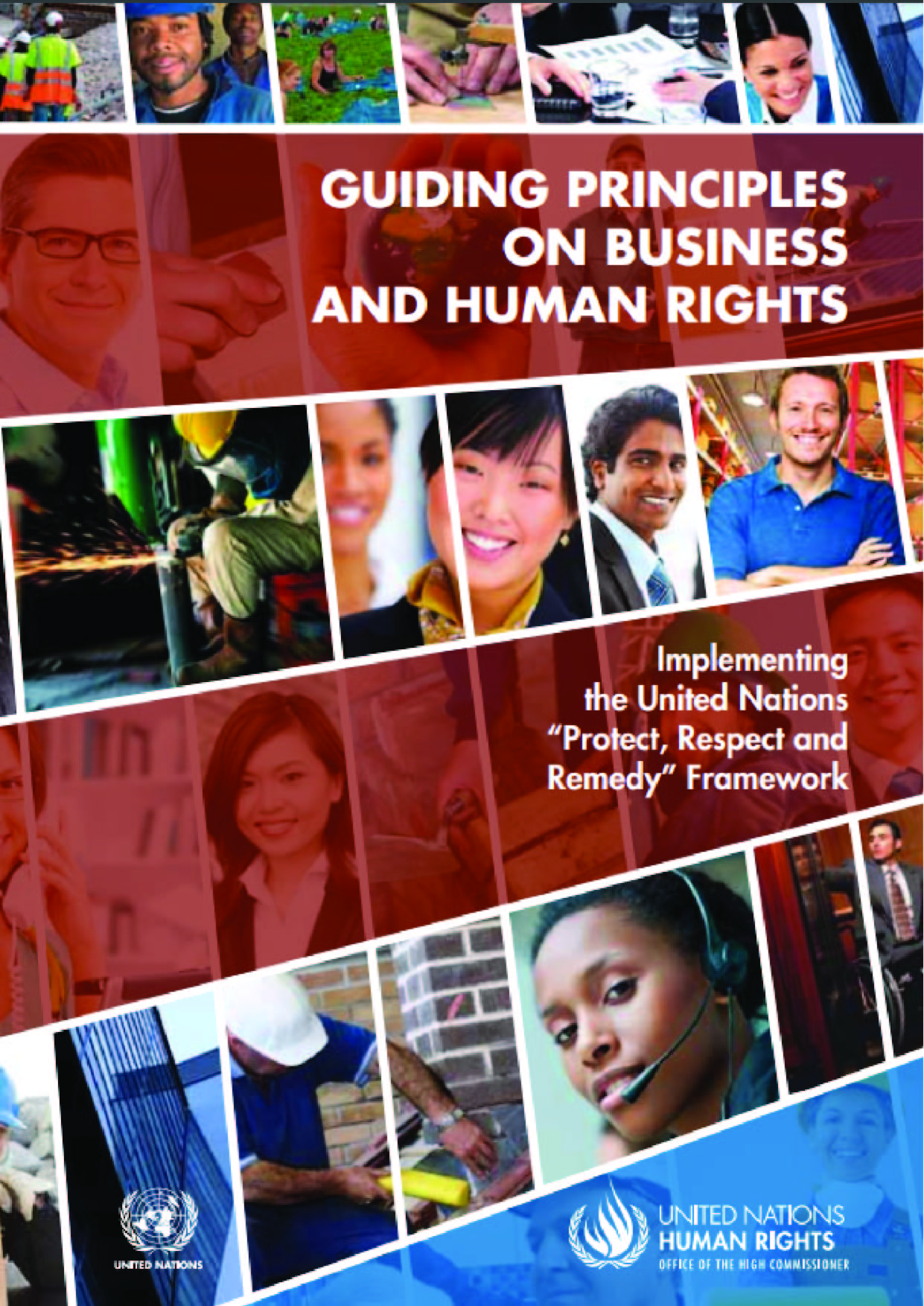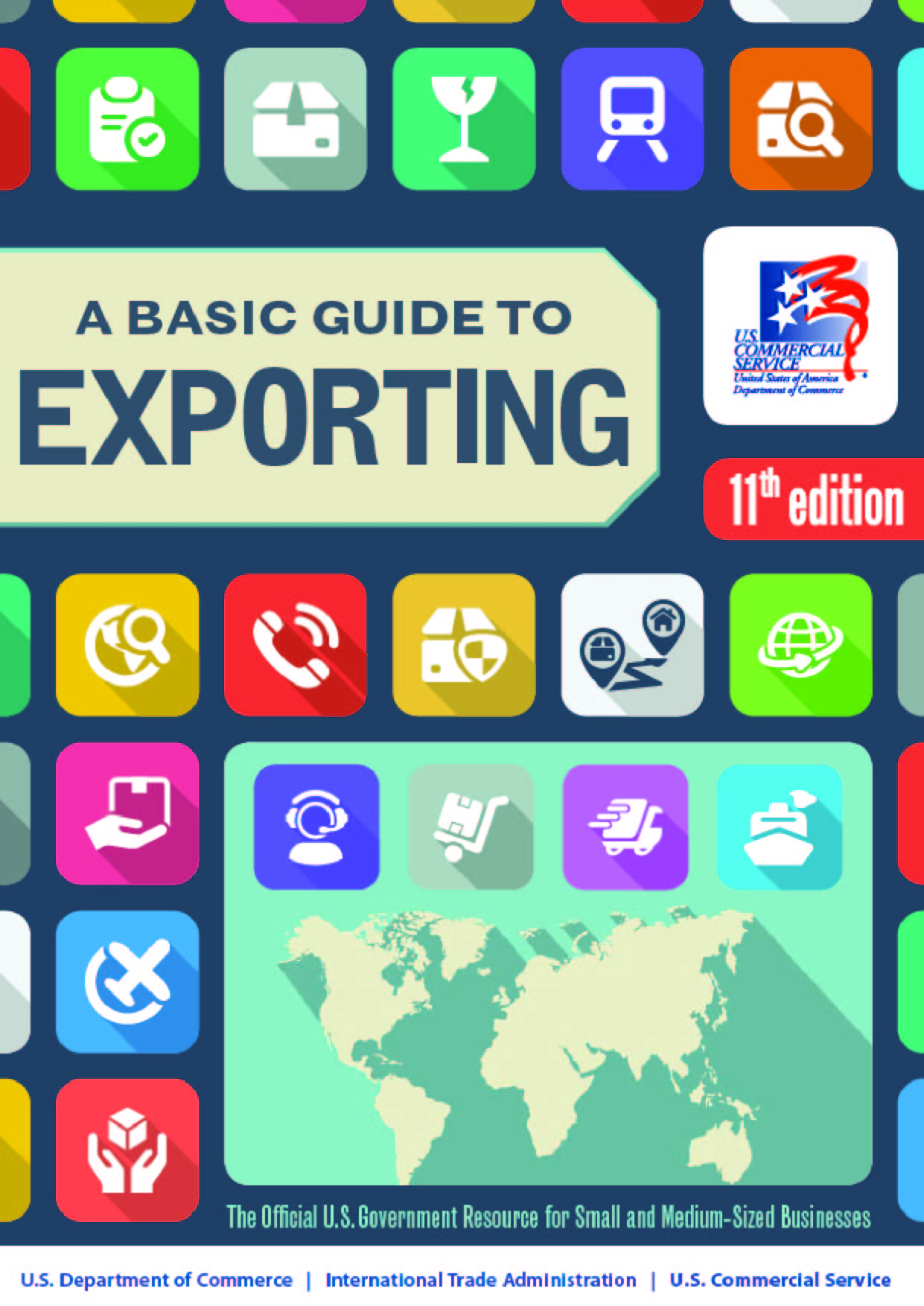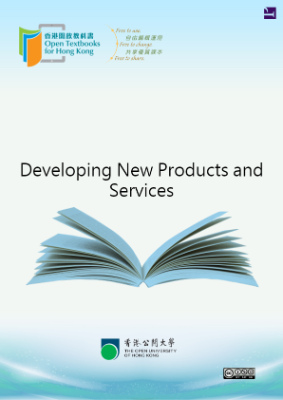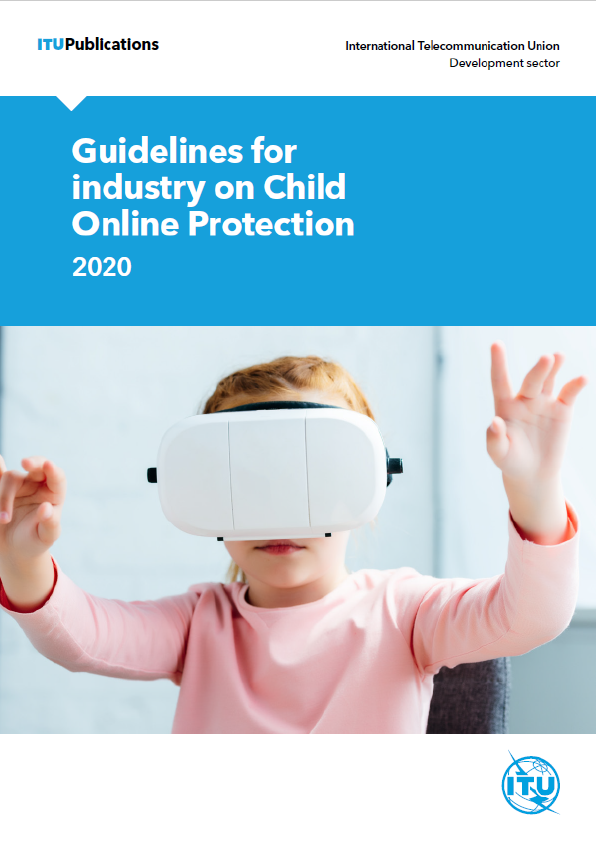A TALE OF TWO EXTREMES
Economic inequality is out of control. In 2019, the world’s billionaires, only 2,153 people, had more wealth than 4.6 billion people. 1 The richest 22 men in the world own more wealth than all the women in Africa.2 These extremes of wealth exist alongside great poverty. New World Bank estimates show that almost half of the world’s population lives on less than $5.50 a day, and the rate of poverty reduction has halved since 2013. 3 This great divide is based on a flawed and sexist economic system.
This broken economic model has accumulated vast wealth and power into the hands of a rich few, in part by exploiting the labour of women and girls, and systematically violating their rights.
At the top of the global economy, a small elite is unimaginably rich. Their wealth grows exponentially over time, with little effort, regardless of whether they add value to society.
Meanwhile, at the bottom of the economy, women and girls, especially women and girls living in poverty and from marginalized groups, are putting in 12.5 billion hours every day of care work for free, 4 and countless more for poverty wages. Their work is essential to our communities. It underpins thriving families and a healthy and productive workforce.
Oxfam has calculated that this work adds value to the economy of at least $10.8 trillion. 5 This figure, while huge, is an underestimate, and the true figure is far higher. Yet most of the financial benefits accrue to the richest, the majority of whom are men. This unjust system exploits and marginalizes the poorest women and girls while increasing the wealth and power of a rich elite.
Without decisive action, things will get far worse. Ageing populations, cuts in public spending, and climate change threaten to further exacerbate gender and economic inequality and fuel a spiralling crisis for care and carers. While the rich and powerful elite may be able to buy their way out of facing the worst of these crises, the poor and powerless will not.
Governments must take bold and decisive action to build a new, human economy, that will deliver for everyone rather than a rich few, and that values care and wellbeing above profit and wealth.
THE SCALE OF THE GAP BETWEEN RICH AND POOR TODAY
The gap between the super-rich and the rest of society remains unimaginably huge.
• In 2019, the world’s billionaires, only 2,153 people, have more wealth than 4.6 billion people.
• The 22 richest men have more wealth than all the women in Africa.
• The world’s richest 1% have more than twice as much wealth as 6.9 billion people.
• If you saved $10,000 a day since the building of the pyramids in Egypt you would have one-fifth the average fortune of the 5 richest billionaires.
• If everyone were to sit on their wealth piled up in $100 bills, most of humanity would be sitting on the floor. A middle-class person in a rich country would be sitting at the height of a chair. The world’s two richest men would be sitting in outer space.
• The monetary value of women’s unpaid care work globally for women aged 15 and over is at least $10.8 trillion annually – three times the size of the world’s tech industry.
• Taxing an additional 0.5% of the wealth of the richest 1% over the next 10 years is equal to investments needed to create 117 million jobs in education, health and elderly care and other sectors, and to close care deficits.
